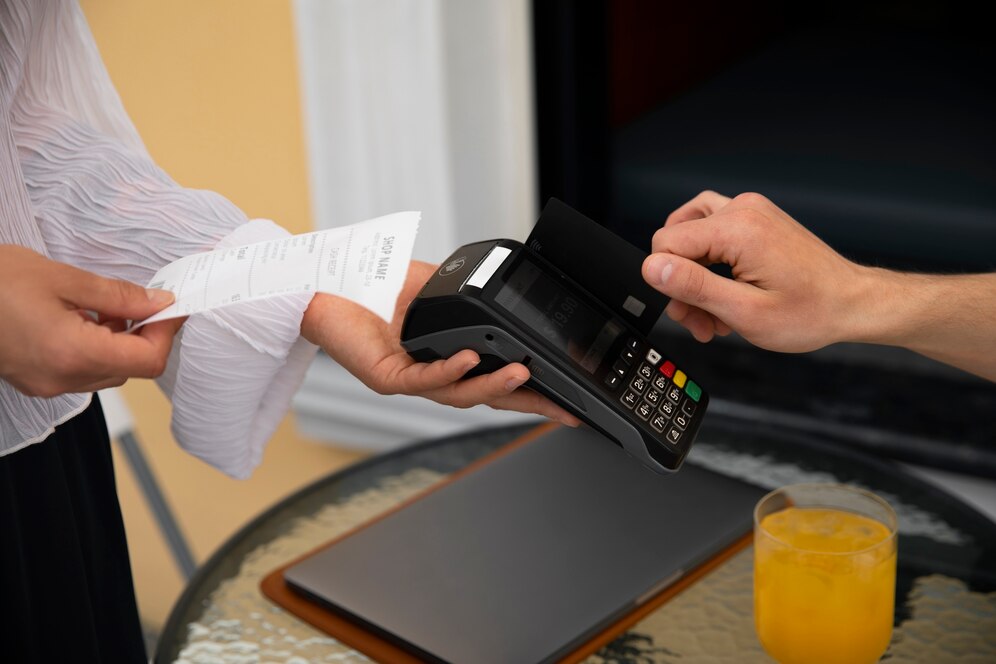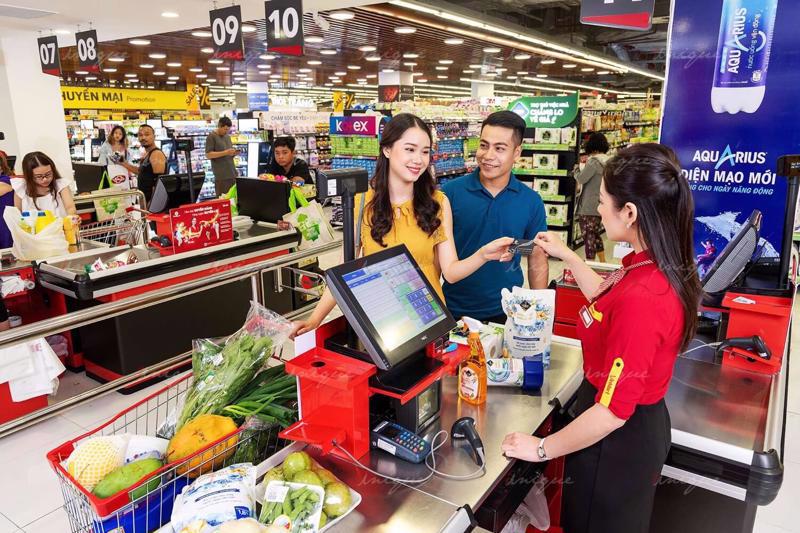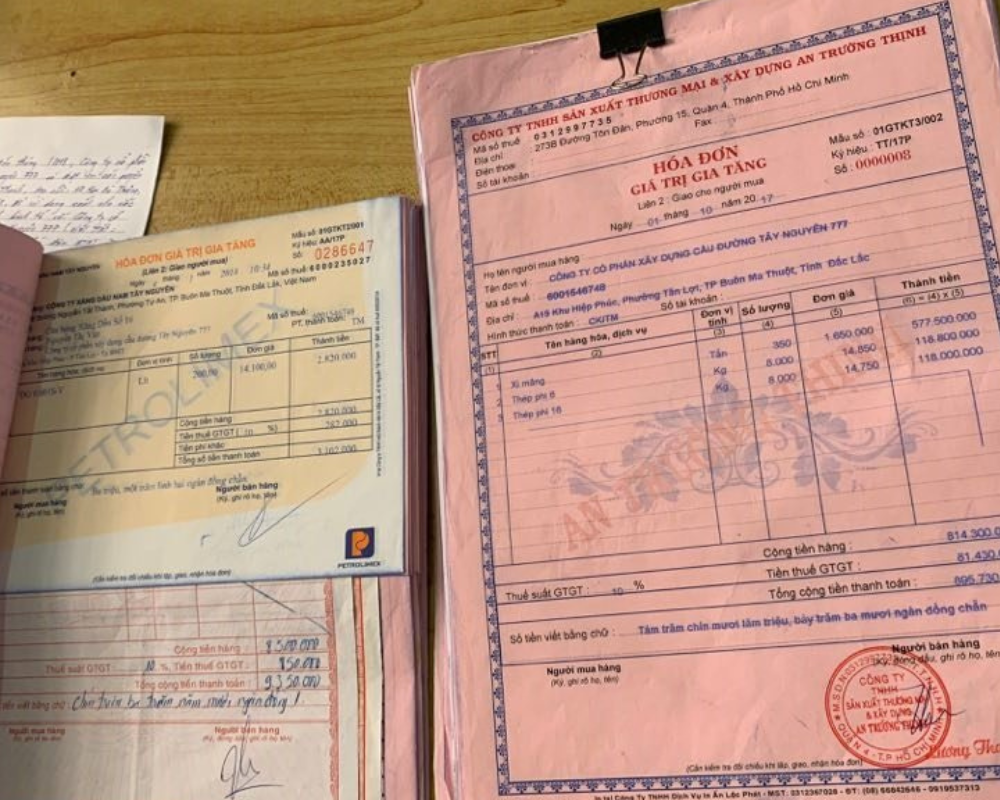Since July 1, 2022, Vietnam has officially implemented electronic invoices (e-invoices) nationwide, marking a shift from traditional paper invoices to digital formats.
Building on this momentum, a new model is being actively promoted: e-invoices generated directly from point-of-sale (POS) systems (commonly referred to as “POS invoices”). This solution enables businesses and retail stores to issue invoices instantly at the point of sale while transmitting data directly to the tax authorities in real time.
According to the General Department of Taxation, implementing POS invoices brings multiple advantages. It allows individuals and businesses to access invoices quickly and conveniently, helps reduce costs, improves tax management and compliance, combats tax evasion in the retail sector, protects consumer rights, and accelerates digital transformation within the financial industry. POS invoices are rapidly becoming a vital tool to help businesses optimize operations and ensure tax compliance in today’s fast-paced business environment.
POS Invoice Definition
According to the 2019 Law on Tax Administration, a POS invoice is an electronic invoice that includes a tax authority authentication code and is generated directly from a POS system, as defined in Article 89 of the law. In simpler terms, it is an e-invoice issued directly at the retail point of sale via a POS device, with automated data transmission to the tax authority’s system.
A POS system refers to any electronic device or setup capable of performing key functions such as calculating sales, storing transaction data, generating tax-coded e-invoices, and sending transaction reports. When a sale is completed, the POS system automatically generates an e-invoice and transmits it to the tax authority for authentication and archiving. Customers may receive a printed receipt containing a QR code or reference number to access the invoice.

Compared to traditional paper invoices, POS invoices eliminate the need for handwritten entries or pre-printed invoice books, reducing human errors and storage hassles. All information is managed electronically, minimizing the risk of invoice loss or damage. Compared to standard e-invoices, POS invoices also do not require a digital signature from the seller on each invoice, as each invoice is already authenticated by a unique code from the tax authority.
When businesses or household enterprises register to use this system, the tax authority issues a unique invoice code series. Each invoice generated from the POS system uses a code from this series, ensuring continuity and uniqueness. Invoice data is transmitted to the tax authority on the same day via an internet-connected system. For buyers, since each invoice includes a tax-verified authentication code, they can verify invoice details on the General Department of Taxation’s online portal.
Key Benefits of POS Invoices
Implementing POS invoices provides numerous benefits for both businesses and tax authorities, including:
Cost Savings: Electronic invoicing eliminates the need for printing and shipping paper invoices and reduces physical storage needs. The cost of issuing a POS invoice is minimal—often just a few dozen VND per invoice (depending on the service provider). Overall, it saves businesses time, labor, and resources.
Time Efficiency: Invoices are generated instantly at the point of sale—no need to wait until the end of the day or month. Sellers can issue invoices anytime, even outside business hours, reducing the gap between payment and invoice delivery. Customers also receive invoices immediately, improving satisfaction and trust.

Reduced Errors: Invoice data is pulled directly from the sales system, minimizing manual entry mistakes. If an error occurs (e.g., pricing issues), businesses can correct it in the system before submitting the invoice to the tax authority—no need to cancel or amend individual invoices as before.
Revenue Transparency: Every retail transaction is recorded and reported to the tax authority, preventing under-reporting of sales. Tax authorities can monitor compliance more effectively, while businesses enhance their transparency and professionalism, earning greater trust from customers and partners.
Lower Tax Risks: With automatic and complete recording of sales, the risk of forgetting to issue invoices—especially for small transactions—is eliminated. The tax authority can also detect anomalies early and provide timely alerts. Consumers are better protected, as they always receive a legal invoice for each transaction. Some provinces have even launched “Lucky Invoice” programs—offering prize draws based on invoice codes to encourage consumers to request invoices, boosting transparency and preventing tax loss.
These benefits make POS invoices a “win-win” solution for both tax authorities and businesses. Tax authorities gain timely access to data for more effective oversight, while businesses streamline their operations and reduce administrative burdens.
Real-World Implementation
Since their rollout, POS invoices have delivered impressive results. According to the General Department of Taxation, by mid-2023, approximately 27,433 businesses and households had registered to use the system, issuing around 13.9 million invoices. By the end of 2023, this figure rose to 40,355 business establishments—achieving 94.36% of the initial target. This shows strong engagement from the business community during the first year.
In 2024, the nationwide adoption expanded even further. As reported by VnEconomy, by May 2024, nearly 60,000 businesses had registered. By mid-2024, the number reached 69,353 active users, with over 542.36 million e-invoices issued—5.2 times the total in 2023.

At the 2024 year-end financial review, the General Department of Taxation announced that over 1.3 billion e-invoices had been issued via POS systems—13 times the 2023 total of around 105 million. Recorded revenue through these invoices reached VND 686 trillion, a 7.4-fold increase compared to 2023. By the end of 2024, 92,080 businesses had registered – 2.3 times more than the previous year. These statistics reflect the growing reach and effectiveness of the solution, with hundreds of trillions of dong in revenue made transparent through the system.
Conclusion
POS invoices represent a breakthrough in Vietnam’s digital transformation of finance and taxation. Their proven benefits—including time and cost savings, improved transparency, and compliance—have been validated by actual performance and adoption data. In the near future, what is now a voluntary option may become mandatory for many retail and service sectors.
The tax authority has identified the implementation of POS invoices as a strategic priority, targeting 100% adoption among eligible businesses. Early adoption offers dual advantages for businesses: optimized operations and enhanced credibility with customers, alongside regulatory compliance and reduced risk of penalties.
Businesses and retailers should act now to embrace this opportunity. Preparing systems and workflows in advance will position them to meet evolving regulatory demands, improve operational efficiency, and contribute to a fair, transparent business environment. With strong government backing and enthusiastic business participation, POS invoices are set to become the new standard—delivering long-term value for the state, businesses, and consumers alike.









